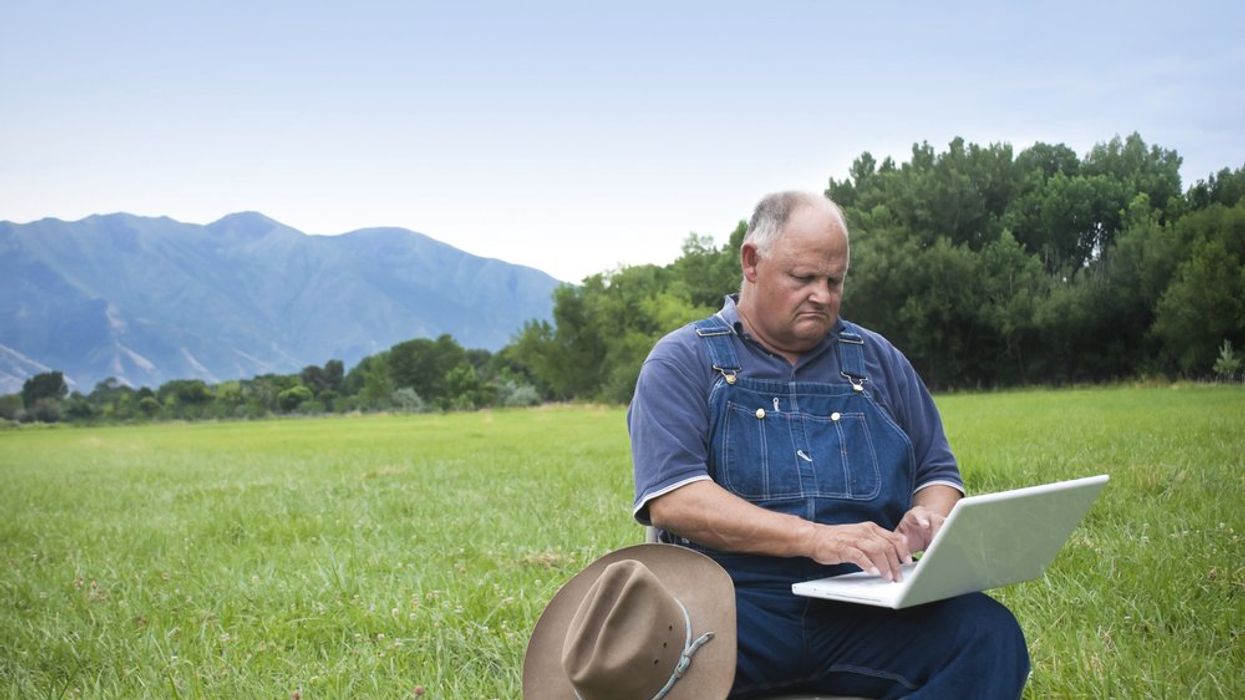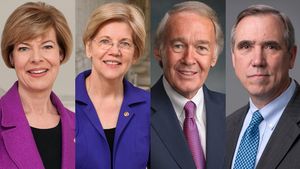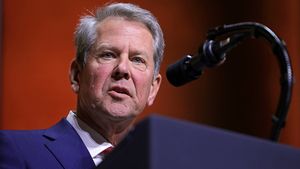The announcement marked the fourth round of funding from the ReConnect Program, which has allowed the USDA to improve high-speed broadband infrastructure across 37 states and territories. So far, the USDA has invested in 214 ReConnect projects, providing 314,000 rural Americans with high-speed internet.
Improved broadband access is crucial to improving socioeconomic disparities and jump-starting the future of American agriculture. The USDA made a compelling case for improving rural broadband infrastructure in 2019, and cited benefits in multiple industries.
One highlight of this report was precision agriculture, which employs technology to improve business management, production, and quality of life for specialty crop farmers. The report also listed telemedicine, distance learning, and real-time forestry information as other benefits of improving rural broadband.
Broadband internet has also been described as a "public health issue" for the 24 million people in the United States who live in digital deserts. In 2020, the Federal Communications Commission reported that 22.3 percent of Americans in rural areas and 27.7 percent of Americans in Tribal lands lacked high-speed broadband. By comparison, only 1.5 percent of Americans in urban areas lacked coverage.
Lack of broadband has exacerbated socioeconomic inequalities for people living on Tribal lands, older adults, and low-income individuals. Limited internet access can even be detrimental to students, who are unable to access the same educational resources as those with broadband. To help these groups, the ReConnect program pledged availability of up to $350m in grants to Alaska Native Corporations, Tribal Governments, Colonias, Persistent Poverty Areas, and Socially Vulnerable Communities.
Secretary Vilsack highlighted the benefits of the ReConnect Program's latest funding round as part of Monday's address:
“Thanks to President Biden’s Bipartisan Infrastructure Law, we can ensure that rural communities have access to the internet connectivity needed to continue to expand the economy from the bottom up and middle out and to make sure rural America remains a place of opportunity to live, work, and raise a family.”


















































